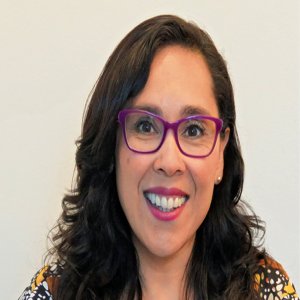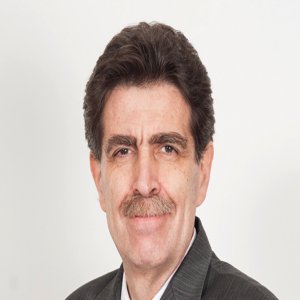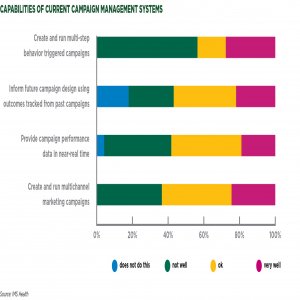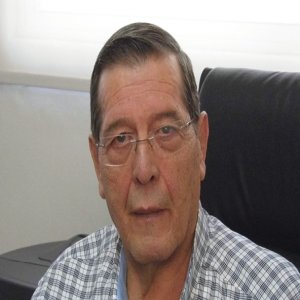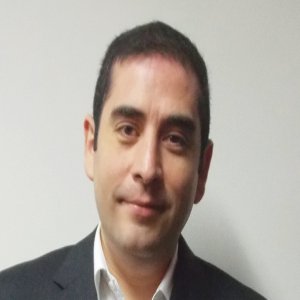Opportunities and Challenges in the Knowledge Economy

STORY INLINE POST
Q: What are the biggest opportunities and challenges that you identified for CONACYT when you were named Director?
A: We have a plan for the next few years that addresses the main challenges we have faced. Our Special Program for Science, Technology, and Innovation identifies the need for further investment in these three areas. Further issues include the lack of specialized human capital, the different levels of scientific development across regions, the need to promote linkages with the productive sector, and the need to strengthen scientific and technological infrastructure. Our main challenge as a country is to develop the capabilities required to create a knowledgebased economy. Empirical evidence demonstrates there is a positive relationship between economic welfare and investment in science and technology. Science and technology expenditure leads to more innovation, with the result that competitiveness increases in tandem with economic growth. Thirty years ago, countries like Taiwan, Finland, and Korea had similar GDP per capita levels to Mexico, and are now economically prosperous countries. In this administration, we share the idea that knowledge is required to enter a new era where human capital is the main production value.
Q: President Peña Nieto has pledged to increase R&D expenditure to 1% of GDP by 2018. How does this translate into CONACYT’s strategy, action plans, and budget?
A: The present administration has given unprecedented support to science and technology. The budget assigned for 2015 is almost 25% bigger than 2012’s budget, proving the government’s interest in developing science and technology. Should this tendency continue, we will reach our goal of 1% by 2018. It is important to mention that, nowadays, the government is the main investor in gross domestic expenditure in research and development, providing 72% of that total. I expect that public funding, consistent public policy, and direct and indirect incentives to enterprise will boost activity in this sector. This will favor the interest and commitment of entrepreneurs seeking to invest in these areas. The proportion of GDP directed to research and development is lower than in developed states. Mexico’s gross expenditure on research and development was about 0.54% of GDP in 2014. In European countries, the figure is above 2%. Our most important tool here in Mexico is our Specialized Science, Technology and Innovation Program (PECiTI), produced in conjunction with academia, entrepreneurs, and other social actors. The program lobbies to raise the monetary resources for R&D until they reach 1% of GDP. The second component seeks to contribute to investment in human capital, while the third promotes the capacities of local science and technology actors, so that regional development will be both sustainable and inclusive. PECiTl also builds connections among institutes of higher education, and connects public research centers with enterprise, in a bid to generate knowledge with a practical purpose. The final objective seeks to strengthen the scientific and technological infrastructure of Mexico.
Q: CONACYT is widely recognized for its funding programs and scholarships. What are your most important programs, and how have they grown over the last five years?
A: Our Postgraduate Scholarships Program has granted 363,694 scholarships to study at higher education institutions in Mexico. During the same period, CONACYT sponsored 42,764 students to study in prestigious schools abroad. Another distinguished program is the National System of Researchers (SNI) that provides financial stimulus and academic recognition to excellence. Founded 30 years ago, the SNI has become a fundamental part of the higher education system, as well as being adopted by other Latin American countries. Additionally, CONACYT’s Innovation Incentives Program (PEI) supports scientific research projects, technological development, and innovation, with a particular emphasis on micro-, small- and medium-sized enterprises. One of the important aspects of this program promotes the connection of enterprises with higher education institutions and public research centers. Finally, Cátedras CONACYT, is a new tool focused on young researchers with strong potential, which promotes the integration of human resources into the portfolio of those who already have a PhD. Doctors are integrated to the public research centers and higher education institutions to develop projects in priority areas for the nation.
Q: What specific measures have you taken to support research projects and promote innovation in the states that are lagging such as Chiapas, Guerrero and Oaxaca?
A: Last January, representatives of four public research centers belonging to CONACYT signed the Strategic Alliance for Sustainable Development in the Pacific-South Region (ADESUR), agreeing to work side by side on projects related to food sustainability, sustainable tourism, agricultural biotechnology, functional food and nutraceuticals. Coconut production chains were an area of particular focus. We recently designed 32 innovation state agendas, made up of 495 projects for the most important economic sectors in each state. Currently, we are working with our colleagues at the Ministry of Economy, as well as several other financial agencies, in order to coordinate funding and target these projects in the states of Chiapas, Guerrero, and Oaxaca. Life science and health topics are very important for us. These topics define the PECiTl and our main requests for support include those directed at solving national problems through the application of science. Moreover, our recently created professorship program focuses on regional and national priorities.
Q: How do you compare Mexico’s R&D and innovation levels in this field to the rest of the world?
A: This administration is focusing its efforts the transition to a knowledge-based economy. We have made significant progress, if we compare the increase in the economic resources assigned to science and technology in previous years. Over the long term, we want to top the list of countries that invest the most in the Straits Time Index, on a par with Korea, Israel, Japan, and the US. We are working hard to reach our current goal of increasing research and development expenditure to 1% by 2018. While realistic, this goal is also a challenge, given current economic conditions, and our main challenges are to increase budgets and to build a national system of science and technology investment. We also aim to connect enterprise with the academy and research centers, and to develop science and technology in this way.
Q: Do you see international partnerships growing? What would you recommend for companies and universities interested in establishing strategic alliances with international partners?
A: At CONACYT, we are constantly looking to sign agreements with international universities and higher education institutions, so that our grant holders can access the best quality education. The same goes for companies and research centers. International partnerships have also contributed to the development of megaprojects in our country, such as the Alfonso Serrano Large Millimeter Telescope, the largest and most complex scientific instrument ever built in Mexico. Another flagship project is the High Altitude Water Cherenkov GammaRay Observatory. Both of these are the product of the collaboration between the US and Mexico. Establishing strategic alliances with international partners is essential in today’s globalized world. We must admit that we have limited resources for addressing all priorities and to recognize that the current problems require multidisciplinary approaches and do not follow physical borders. We are doing our best to keep students in Mexico, by providing them with access to job opportunities. Our Professorships program, created two years ago, offers the opportunity for recent PhDs to work at public higher education institutions, public research centers, and federal and state institutions which conduct scientific, social or technological development research. So far, the program has created 799 jobs.
Q: What are CONACYT’s aims in terms of national and international standing over the next few years?
A: We are working hard to encourage research, development and innovation throughout our programs. In the future, CONACYT will give society ownership of own knowledge economy by connecting social needs to education institutions, research centers, and enterprise. To this end, specialized human resources must be incorporated into the labor market. Infrastructure is required to strengthen research. The creation of spaces with digital connectivity will allow us stakeholders to store, transfer, share and analyze substantial amounts of information.
